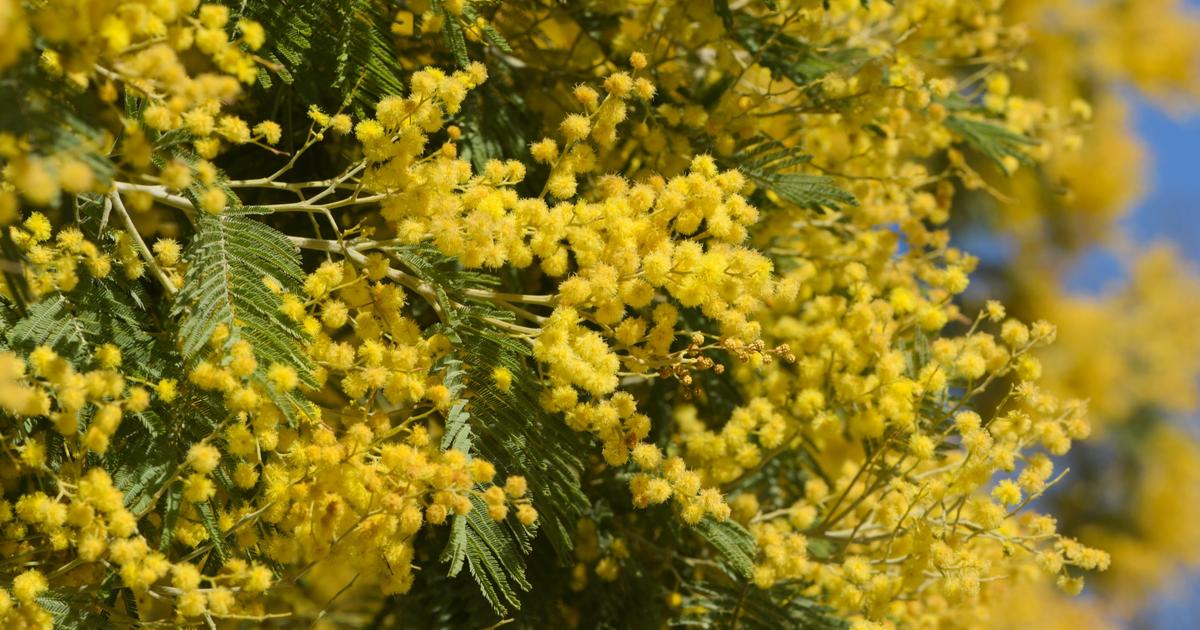Enlarge image
Coypu: The South American rodents have become native to all federal states.
Although they destroy some reed belts, conservationists also refuse to hunt the animals
Photo: Jakub Mrocek / PantherMedia / IMAGO
When American swamp crayfish were sighted for the first time on meadows and paths in the Berlin Tiergarten in 2017, it caused quite a stir.
Presumably, the offspring of abandoned animals initially reproduced unnoticed before hunger or lack of space drove them out of the park waters.
Specimens of the invasive species, which is actually native to the southern United States and northern Mexico, are now caught from the waters annually in the summer.
Further spread should be prevented and the proliferation should at least be slowed down.
The voracious and migratory animals are considered a threat to native species and ecosystems - not only in Berlin, but throughout the European Union.
In Berlin and other cities, many other non-native species have spread, some of them causing problems: Let's plant giant hogweed, tree of heaven and waterweed, as well as animals such as Egyptian goose, raccoon and nutria.
According to the Federal Agency for Nature Conservation, around 900 species have settled permanently in Germany since 1492 - the year of the discovery of America, which scientists use as the boundary for distinguishing between foreign and native.
Berlin employs a swamp crab fisherman
66 animal and plant species are on a list drawn up by the EU Commission, the so-called Union list of invasive species.
Member countries must prevent the introduction of these species or stop their unchecked spread once they have arrived.
"In the case of species that are not yet native here, you have a relatively good chance of keeping them away," says Ingolf Kühn from the Helmholtz Center for Environmental Research (UFZ) in Halle.
»With species that are already established, such as the swamp crabs or the giant hogweed, it is no longer possible to eliminate them.
Then it’s a matter of containing the stocks and keeping the species away from particularly sensitive areas such as nature reserves.«
In Berlin, the senate administration has commissioned a swamp crab fisherman who empties the pots laid out at least twice a week during the high season.
The animals are sold to Berlin restaurateurs, among others.
However, it is rarely possible to use a knife and fork to combat invasive species – and combating them is often tantamount to a Sisyphus task.
"Often there is not enough capacity for this," says Sebastian Kolberg, consultant for species protection at Nabu.
»The lower nature conservation authorities simply lack the financial and human resources.«
Biodiversity thanks to invaders
Uncompromisingly relying on the expulsion of an invasive species is often not expedient, says Kolberg.
It often makes more sense to strengthen the health of the ecosystem as a whole.
“Many of the introduced species do not cause any problems, especially with the plants, on the contrary,” says wildlife expert Derk Ehlert from the Berlin environmental administration.
"Our parks would probably have far fewer species if there were no neophytes." In general, nature is constantly changing - and so is the assessment of animal and plant species.
"The tree of heaven, which originated in China, has been planted here for around 250 years and has been cherished and cared for as a beautiful city tree for a long time," says Ehlert.
"For about 80 years, the species has been spreading massively because the winters have become warmer and the frost-sensitive young trees are increasingly surviving." can damage roads and walls.
Climate change also means species change
Many of the species that are considered problematic today were once deliberately introduced: the raccoon, for example, as a source of fur, the Asian lady beetle for biological pest control.
Today they are one of the species that can no longer be driven out.
With climate change, the situation is unlikely to ease in the coming years.
Most of the introduced species come from warmer countries and will benefit from the expected changes.
"Fend off the beginnings," says wildlife expert Ehlert.
"Once a species has established itself, there is often little opportunity to get rid of it."
ak/dpa












